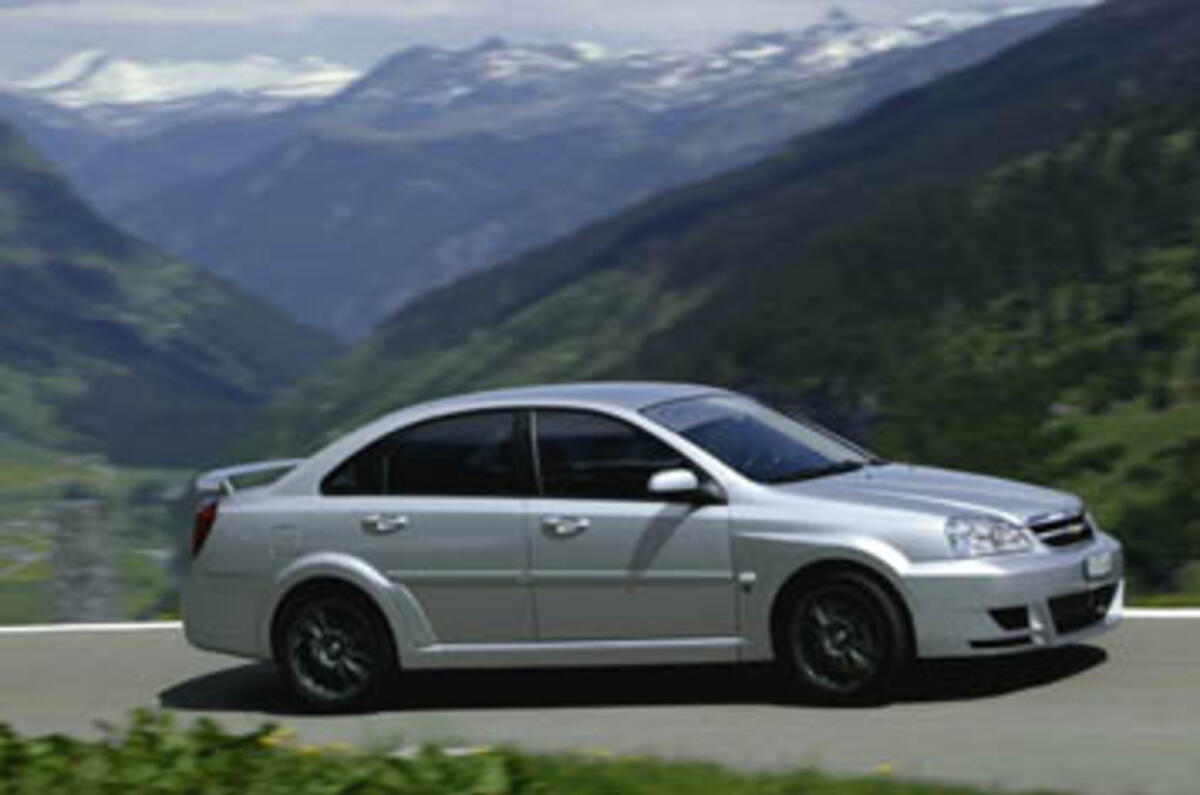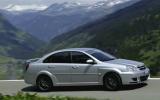It's 25th December, and Mary and Joseph are celebrating the birth of their son. But the year is 1878, Joseph is a watchmaker, not a carpenter, and our location isn’t a stable in Bethlehem, it’s a modest maison in La Chaux-de Fonds, Switzerland.
The boy is Louis Chevrolet, racing driver, car maker and motoring pioneer. And his legacy remains strong in his home country despite his departure for the USA in 1900.
Now Chevrolet is back in Europe, having replaced the Daewoo brand this year, and back in Switzerland with a head office in Zurich. And while Louis wouldn’t recognise the cars, he would be pleased to see his name among the competitors for the World Touring Car Championship’s inaugural year.
This is the first by-product of that competition, the Chevrolet Lacetti WTCC R+, ‘R’ signifying ‘Road’ and ‘+’ representing the Chevy badge. Crash and emissions regulations allowing, it’ll be on sale here early next year. Which is pretty incredible pace when you consider that it was little more than a twinkle in the eye of Chevy Motorsport manager Eric Nève until March.
Four months later and it’s a real car, courtesy of some hard work by Ray Mallock Ltd (RML) in Wellingborough, Northants, which also builds Chevy’s WTCC racers.
The conversion adds a supercharger to the Lacetti’s 1.8-litre four-cylinder engine. This boosts the standard car’s 121bhp and 121lb ft to a more useful 170bhp and 170lb ft.
RML has improved the breathing with an Irmscher exhaust and there’s a new gear linkage and stiffer bushing for the gearbox. The rear brakes are unchanged, but up front there are 325mm grooved and ventilated discs with four-pot Alcon calipers, and the MacPherson strut front/dual link rear suspension is lowered by 30mm with 30 per cent stiffer springs and a dose of negative camber at both ends.
This prototype wears adjustable dampers, but for production it’ll have retuned conventional dampers.
The conversion is completed by leather trim, 17-inch Team Dynamics alloys shod with 215/45 Dunlop SP Sport Race tyres and a bodykit that does a decent impression of the racing car.
The plastic addenda isn’t just for show; the air dam feeds the intercooler and the aero kit balances front and rear lift and cuts the drag coefficient from 0.36 to 0.34.
A brief drive reveals a surprising amount of race-car DNA. Okay, so the cabin is largely unchanged – it still feels like a budget car and there’s insufficient shoulder support from otherwise comfy seats – but there’s a threateningly lumpy tickover and a promising sensation of rigidity.
It feels quick too, though it suffers from turbo-style lethargy below 2500rpm. Get past this gap and it pulls strongly until it hits the limiter with a BTCC-style fizz at 6500rpm. Rest to 62mph is achieved in a reasonable – and Citroën C4 VTS-beating – 8.0sec, but in-gear performance through the motor’s favoured 3000-5000rpm zone feels strongest.
The Lacetti’s pace is given a psychological boost by the noise. Gone is the groan of the normal 1.8, replaced by a concoction of naughtiness with a greedy induction suck, a distant supercharger spin and hissing twin tailpipes.













Add your comment